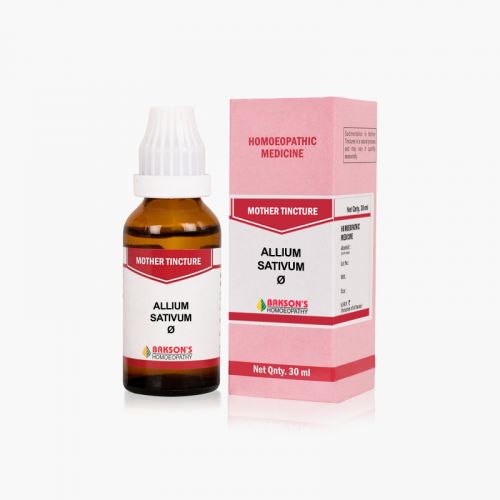We use cookies to make your experience better. To comply with the new e-Privacy directive, we need to ask for your consent to set the cookies. Learn more.
What is Hypertension?
Hypertension is a condition in which the systolic blood pressure (SBP) of a person is ≥140 mm Hg and/or the diastolic blood pressure (DBP) is≥90 mm Hg following repeated examination. It is a serious medical condition that significantly increases the risk of heart, brain, kidney and other diseases.
There are various mechanisms involved in hypertension which includes increased salt absorption resulting in volume expansion, an impaired response of the renin-angiotensin-aldosterone system (RAAS), increased activation of the sympathetic nervous system.
An estimated 1.13 billion people worldwide have hypertension, most (two-thirds) living in low- and middle-income countries. Most of the cases of hypertension are idiopathic, which is also known as essential hypertension. Secondary hypertension is elevated blood pressure (BP), which is secondary to an identifiable cause.
Causes
One of the main risk factors for the development of essential hypertension is the patient's genetic ability to salt response. About 50 to 60% of the patients are salt sensitive and therefore tend to develop hypertension.
Secondary hypertension can be due to various underlying conditions-
- Renal causes: Among these, the major categories are renal parenchymal disease (which includes chronic kidney disease and polycystic kidney disease) and reno-vascular disease (which includes renal artery stenosis and fibromuscular dysplasia).
- Endocrine causes: Primary aldosteronism, Cushing syndrome/disease, hyperthyroidism, hypothyroidism, hyperparathyroidism, pheochromocytoma including drug-mediated pheochromocytoma crisis, acromegaly, congenital adrenal hyperplasia.
- Vascular: Coarctation of the aorta.
- Other: Obstructive sleep apnoea, drug-induced hypertension, pregnancy, scleroderma and certain medications (drug-induced hypertension).
Sign and symptoms
Most of the cases of hypertension are asymptomatic and are diagnosed accidentally. Patients may present with the symptoms of end-organ damage as stroke-like symptoms or hypertensive encephalopathy, chest pain, shortness of breath and pulmonary oedema.
On physical examination, the physician must look for pedal oedema and raised blood pressure. 4th heart sound may also be present which represents a stiff and non-compliant left ventricle and may hint towards left ventricular hypertrophy.
Diagnosis
The American College of Cardiology (ACC) recommends at least two office measurements on at least two separate occasions to diagnose hypertension. The patient should remain seated quietly for at least 5 minutes before taking the blood pressure, and proper technique is necessary. The blood pressure cuff should cover 80% of the arm circumference because larger or smaller pressure cuffs can falsely under-estimate or overestimate blood pressure readings.
Also, appropriate laboratory investigations may be conducted depending on the underlying cause. The evaluation consists of looking for signs of end-organ damage and consists of the following,
- 12 lead ECG (to document left ventricular hypertrophy, cardiac rate, and rhythm)
- Fundoscopy to look for retinopathy/ maculopathy
- Blood workup including complete blood count, ESR, creatinine, eGFR, electrolytes, HbA1c, thyroid profile, blood cholesterol levels, and serum uric acid
- Urine albumin to creatinine ratio
- Ankle-brachial pressure index - ABI (if symptoms suggestive of peripheral arterial disease)
- Imaging including carotid doppler ultrasound, echocardiography and brain imaging (where clinically deemed feasible)
General management
The treatment plan is based on pharmacological and non-pharmacological intervention. Non-pharmacological and lifestyle management are recommended for all individuals with raised BPs regardless of age, gender, comorbidities or cardiovascular risk status. The patient must be guided for effective dietary management and salt restriction, smoking management and exercise. Weight reduction can greatly reduce the blood pressure, so it must be stressed upon for the patients with an abnormal BMI. Pharmacological therapy may be initiated on the physician's advice.
Warning: Above information provided is an overview of the disease, we strongly recommend a doctor's consultation to prevent further advancement of disease and/or development of complications.
Disclaimer: The information provided herein on request, is not to be taken as a replacement for medical advice or diagnosis or treatment of any medical condition. DO NOT SELF MEDICATE. PLEASE CONSULT YOUR PHYSICIAN FOR PROPER DIAGNOSIS AND PRESCRIPTION.
- ALLIUM SATIVUMSpecial Price ₹ 88.00 Regular Price ₹ 110.00
- BARYTA MURIATICA 30₹ 100.00
-
- RAUVOLFIA SERPENTINASpecial Price ₹ 88.00 Regular Price ₹ 110.00







